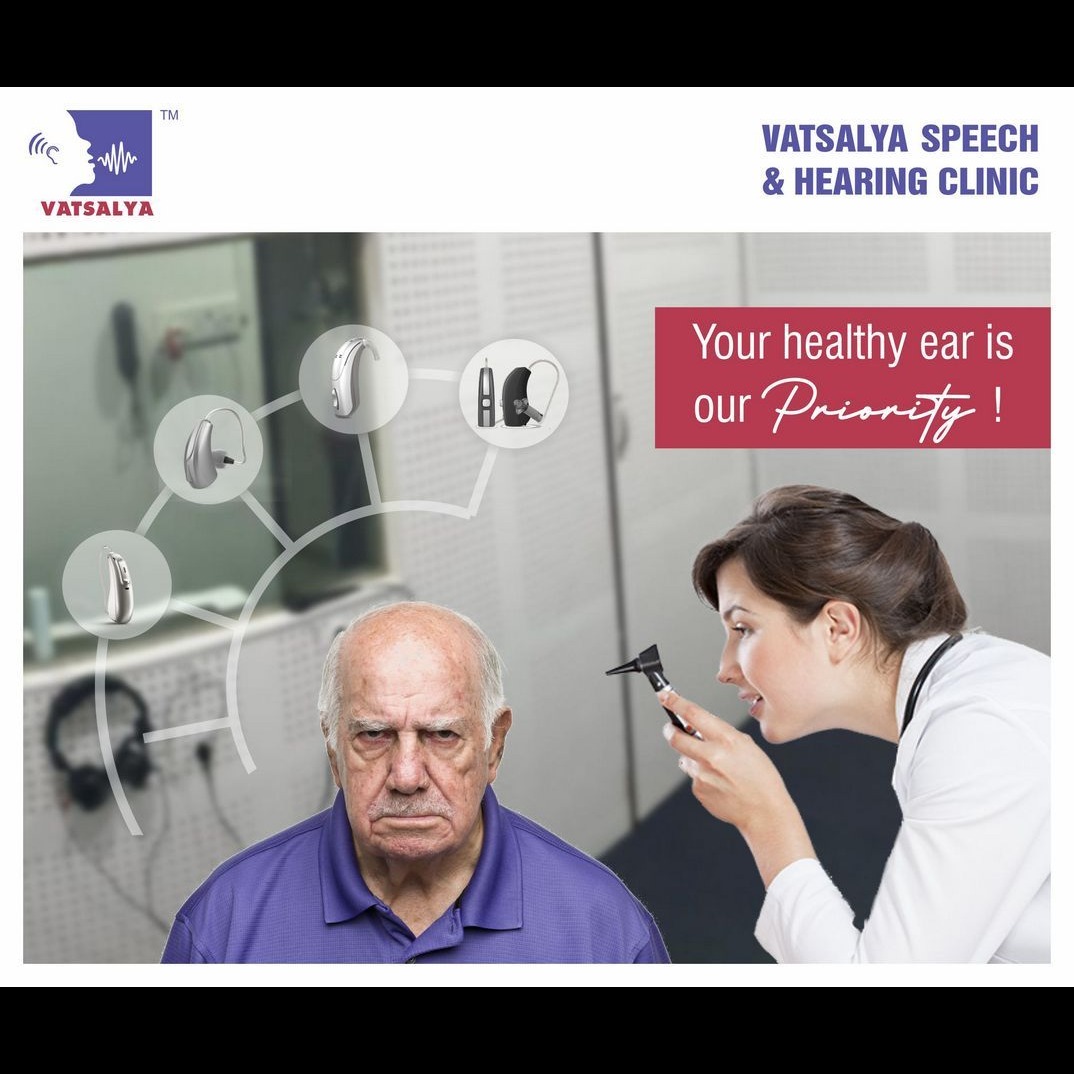+918042785198

This is your website preview.
Currently it only shows your basic business info. Start adding relevant business details such as description, images and products or services to gain your customers attention by using Boost 360 android app / iOS App / web portal.
Hearing loss comes in many shapes—sensorineural, conductive, mixed—and each path can lead to a diffe...

Hearing loss comes in many shapes—sensorineural, conductive, mixed—and each path can lead to a different set of challenges. From muffled hearing to a persistent tinnitus, keeping track of causes, tests, and solutions helps you protect your ear health and stay connected with the world. 🔹 Causes of Hearing Loss - Noise-induced hearing loss - Ear infection (otitis media) - Earwax blockage - Meniere’s disease - Acoustic trauma - Head injury - Hereditary hearing loss - Autoimmune inner ear disease - Viral infections (e.g., measles, mumps, rubella) - Ototoxicity (medications that affect the inner ear) - Presbycusis (age-related hearing loss) Common patterns: - Sensorineural hearing loss: damage to inner ear or auditory nerve, often tied to noise exposure, aging, or ototoxicity. - Conductive hearing loss: problems in the outer or middle ear (earwax, infections, fluid, eardrum issues). - Mixed hearing loss: a combination of both sensorineural and conductive factors. Key terms to watch for: Hearing threshold, Decibel (dB), Audiogram, Tympanometry, Audiometry. 🔹 Symptoms and Signs - Muffled hearing - Ringing in the ears (Tinnitus) - Difficulty understanding speech, especially in noise - Asking for repetition - Turning up volume - Withdrawal from conversations - Trouble hearing consonants Tip: If you notice these signs, an Audiological evaluation can pinpoint the type and degree of loss. 🔹 Diagnosis & Tests - Hearing test / Audiology evaluation - Pure tone audiometry: checks 0.25–8 kHz to map hearing thresholds in dB - Speech recognition threshold: how softly you can repeat words - Otoacoustic emissions (OAE): function of outer hair cells - Auditory brainstem response (ABR): neural pathway integrity - Tympanometry: middle-ear pressure and eardrum mobility - Audiogram: your personalized chart of hearing thresholds - Real ear measurement: precision fitting data for devices ➡️ Reading the results: a flat or rising curve in the audiogram may indicate sensorineural loss; a downward shift with abnormal tympanometry may signal conductive issues. 🔹 Hearing Devices & Technology - Hearing aid: mainstay for many with sensorineural or mixed loss - Cochlear implant: for severe-to-profound loss when hearing aids aren’t enough - Bone-anchored hearing aid (BAHA): transmits sound via bone conduction - Assistive listening device (ALD): improves signal in classrooms or meetings - FM system: wireless receiver for better speech-to-noise ratio - Bluetooth hearing aids: streaming audio directly to devices - Real ear measurement: ensures accurate fitting and output - Audiologist: the pro who fits, tunes, and troubleshoots devices - Hearing aid batteries: keep the device powered and ready Tip: Choosing the right device depends on the type of loss (sensorineural, conductive, or mixed) and daily listening needs. 🔹 Rehabilitation & Support - Speech therapy and Aural rehabilitation: rebuilding listening and communication skills - Lip reading and Sign language: practical support options - Deaf culture: community and identity for many individuals - Communication strategies: situational tips (face the speaker, reduce background noise, request repetition) - Hearing conservation programs: prevent further loss (ear protection, safe listening habits) Ways to optimize life with hearing loss: - Regular maintenance of devices and timely audiology follow-ups - Realistic goals with cochlear implants or other technologies - Embracing support networks and communication strategies 🔹 Prevention & Maintenance - Protect ears from loud environments with ear protection - Limit exposure to ototoxic medications when possible (consult your clinician) - Address earwax blockages promptly under guidance - Treat ear infections early to prevent complications - Monitor for tinnitus and seek evaluation if it worsens or disrupts sleep Final thought Understanding the types of hearing loss—Sensorineural, Conductive, and Mixed—along with key tools like Audiometry, Tympanometry, and Audiograms, helps you map a clear path from diagnosis to empowerment. Whether you opt for a Hearing aid, Cochlear implant, or other assistive tech, you’re not alone—there are many ways to maintain meaningful connection through sound.

